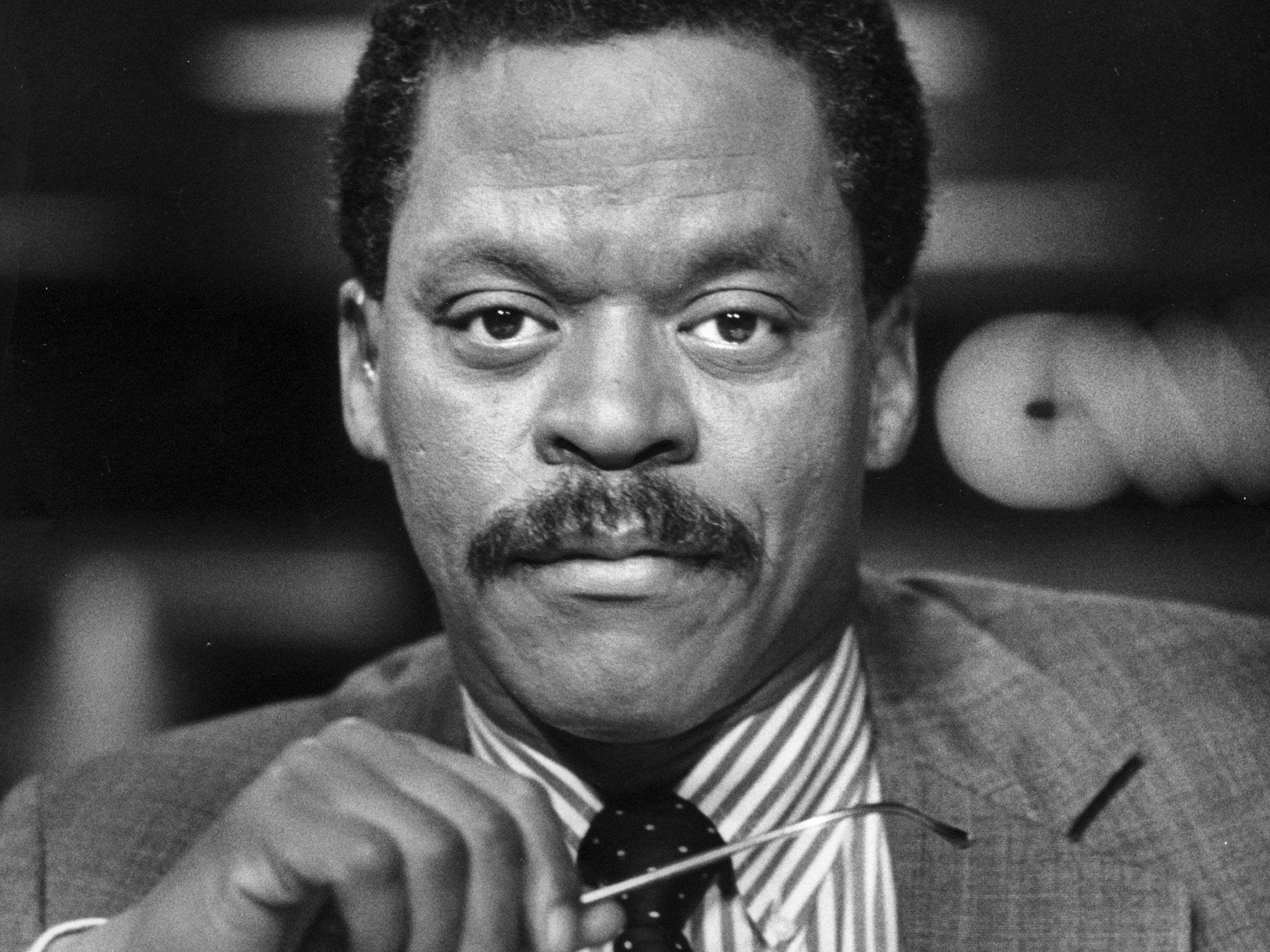The Shah Of Iran: A Monarch's Rise, Fall, And Enduring Legacy
The Shah of Iran, Mohammad Reza Pahlavi, presided over a pivotal era in Iranian history, marked by ambitious modernization efforts, a burgeoning oil economy, and an increasingly authoritarian grip on power. His reign, spanning from 1941 to 1979, transformed Iran in profound ways, pushing it towards Westernization while simultaneously sowing the seeds of the revolution that would ultimately depose him. Understanding the complexities of his rule, his aspirations for Iran, and the circumstances of his dramatic downfall is crucial to grasping the trajectory of modern Iran.
From his ascension amidst global conflict to his final days in exile, Mohammad Reza Pahlavi's story is one of power, ambition, and the tragic consequences of unchecked authority. This article delves into the life and times of Iran's last monarch, exploring his early years, his vision for the nation, the challenges he faced, and the lasting impact of his rule, which continues to resonate in the geopolitical landscape today.
Table of Contents
- Biography: Mohammad Reza Pahlavi, The Last Shah of Iran
- Personal Data: Mohammad Reza Pahlavi
- The Pahlavi Dynasty: A Brief History
- Ascension to the Throne and Early Challenges
- The White Revolution and Iranian Modernization
- Iran as a Regional Power
- The Shadow of Authoritarianism and Human Rights Concerns
- The Iranian Revolution and the Fall of the Peacock Throne
- Exile and the Final Years
- The Pahlavi Legacy in Exile
Biography: Mohammad Reza Pahlavi, The Last Shah of Iran
Mohammad Reza Pahlavi was a figure of immense historical significance, whose reign as the last Shah of Iran from 1941 to 1979 shaped the destiny of a nation. Born into a newly established dynasty, he inherited a country on the cusp of modernity, propelled by his father's ambitious reforms. His early life, steeped in a blend of traditional Persian culture and Western education, prepared him for a role that would prove to be both transformative and ultimately tragic.
His rule was characterized by a relentless drive for modernization, aiming to transform Iran into a regional powerhouse and a modern, Westernized state. He initiated vast economic and social reforms, known as the White Revolution, which included land reform, literacy programs, and significant advancements in women's rights. Under his leadership, Iran experienced unprecedented economic growth, fueled by its vast oil reserves, and emerged as the dominant power in Southwest Asia in the early 1970s.
However, this rapid modernization came at a cost. The Shah’s authoritarian rule stifled dissent and marginalized opposition voices, leading to widespread human rights abuses and political repression. The SAVAK, Iran’s notorious secret police, became synonymous with torture and surveillance, instilling fear among dissidents and activists. As his regime became increasingly despotic during its last years, popular discontent simmered beneath the surface, eventually erupting into the Iranian Revolution of 1979, which forced him to abandon his peacock throne and leave his nation, never to return home.
- Nia Peeples Husband
- Porn Actress Vanessa Del Rio
- Kim Christiansen Age 9news
- Hannah Waddingham Husband
- Who Is Harry Jowsey Dating
Personal Data: Mohammad Reza Pahlavi
| Full Name | Mohammad Reza Pahlavi (Persian: مُحَمَّدُ رِضَا پهِلَوی) |
| Born | October 16, 1919 |
| Died | July 27, 1980 (aged 60) |
| Place of Death | Cairo, Egypt |
| Reign | September 16, 1941 – February 11, 1979 |
| Predecessor | Reza Shah |
| Successor | None (Monarchy abolished) |
| Spouses | Fawzia Fuad of Egypt (m. 1939; div. 1948) Soraya Esfandiary-Bakhtiary (m. 1951; div. 1958) Farah Diba (m. 1959) |
| Children | Shahnaz Pahlavi, Reza Pahlavi, Farahnaz Pahlavi, Ali Reza Pahlavi, Leila Pahlavi |
| Dynasty | Pahlavi Dynasty |
The Pahlavi Dynasty: A Brief History
The story of the last Shah began not with him, but with his father, Reza Khan. A military commander, Reza Khan seized power in 1925, establishing the Pahlavi dynasty and marking a new chapter in Iran's long and complex history. His rise to power was a testament to his ambition and strategic acumen, laying the groundwork for the modern Iranian state. This transition from the Qajar dynasty to the Pahlavis was a significant moment, promising stability and progress after years of foreign intervention and internal strife.
Reza Shah: The Architect of Modern Iran
Reza Shah, Mohammad Reza Pahlavi's father, ruled before him and is credited with some of the major transformations of Iran in the first part of the 20th century. During that period, he ruled as an authoritarian monarch, and his works focused largely on the Westernization of Iran. He initiated sweeping reforms, including the establishment of a modern army, the development of infrastructure like railways and roads, and the secularization of the legal system. He also pushed for the unveiling of women and the adoption of Western dress, often through coercive means. His vision was to create a strong, independent, and modern Iran, capable of standing on its own in a rapidly changing world.
However, Reza Shah's reign was cut short by the tumultuous events of World War II. Due to his perceived German sympathies, the British and Soviets forced Reza Shah’s abdication in 1941. This unexpected turn of events paved the way for his son, Mohammad Reza Pahlavi, to ascend to the throne, inheriting a nation grappling with foreign occupation and internal political instability.
Ascension to the Throne and Early Challenges
Mohammad Reza Pahlavi was the Shah of Iran from September 16, 1941, until his overthrow by the Iranian Revolution on February 11, 1979. His early years on the throne were far from stable. Having taken power during World War II, with Iran under Allied occupation, the young Shah faced immense pressure from both internal and external forces. The post-war period saw a rise in nationalist sentiments, particularly under Prime Minister Mohammad Mosaddegh, who sought to nationalize Iran's oil industry, then largely controlled by British interests. This period was a severe test of the Shah's authority, culminating in the 1953 coup d'état, orchestrated by the US and UK, which solidified his power and removed Mosaddegh. This event, while restoring the Shah's control, also sowed deep resentment among many Iranians, who viewed it as foreign interference in their national sovereignty.
The White Revolution and Iranian Modernization
With his power consolidated, the Shah embarked on an ambitious program of modernization and reform known as the White Revolution, launched in 1963. This series of reforms aimed to transform Iran into a developed, modern nation, addressing issues like land distribution, illiteracy, and public health. Key initiatives included land reform, which redistributed land from large landowners to peasants, and the establishment of literacy and health corps to bring education and healthcare to rural areas. These reforms, while well-intentioned in their goal of societal progress, were often implemented top-down, without sufficient public consultation or democratic participation, leading to discontent among various segments of society, including the clergy and traditional landowners.
Empowering Women and Social Reforms
A significant aspect of the White Revolution was its focus on women's rights. The Shah’s decision in 1967 to crown Farah as Empress of Iran and appoint her regent in the event of his premature death symbolized his staunch commitment to full equality for women. This was a bold move in a traditionally conservative society, granting women the right to vote, run for office, and pursue higher education. These reforms significantly altered the social fabric of Iran, leading to increased participation of women in public life and professions. While celebrated by many as a step towards progress, these changes were also viewed by conservative religious elements as an affront to Islamic values, further fueling opposition to the Shah's rule.
Iran as a Regional Power
In the early 1970s, Iran under the Shah’s rule emerged as the dominant power in Southwest Asia. Buoyed by soaring oil revenues, the Shah invested heavily in military modernization, acquiring advanced weaponry from the West, particularly the United States. This military strength, coupled with Iran's strategic location, allowed the Shah to project power and influence across the region. He saw Iran as a bulwark against Soviet expansionism and a key player in maintaining regional stability. This period also saw significant economic growth and infrastructure development, with Iran becoming a major force in the global oil market. The Shah envisioned Iran as a "Great Civilization," a bridge between East and West, combining its rich historical heritage with modern technological advancements.
A Message to the Moon
The Shah's vision of Iran as a modern, forward-looking nation extended even to space. In 1969, the last Shah of Iran, Mohammad Reza, sent one of 73 Apollo 11 goodwill messages to NASA for the first lunar landing. This message, a symbol of Iran's aspirations and its connection to global scientific endeavors, still rests on the lunar surface today. It was a small but significant gesture, showcasing Iran's desire to be part of humanity's greatest achievements and reflecting the Shah's ambition to elevate Iran's international standing.
The Shadow of Authoritarianism and Human Rights Concerns
Despite the economic progress and modernization efforts, the Shah’s authoritarian rule stifled dissent and marginalized opposition voices, leading to widespread human rights abuses and political repression. As his reign progressed, particularly in its later years, the regime became increasingly despotic. Freedom of expression was severely curtailed, political parties were suppressed, and critics of the government faced harsh penalties. This suppression of dissent created an environment of fear and resentment, pushing opposition movements underground and allowing radical ideologies to fester.
SAVAK: The Secret Police
At the heart of the Shah's repressive apparatus was SAVAK, Iran’s notorious secret police, which became synonymous with torture and surveillance, instilling fear among dissidents and activists. Established with the help of the CIA and Mossad, SAVAK grew into a powerful and pervasive organization, monitoring and suppressing any perceived threat to the regime. Its methods were brutal, and its reach extended into every corner of Iranian society. The widespread use of torture, arbitrary arrests, and disappearances alienated vast segments of the population, including intellectuals, religious figures, and ordinary citizens, contributing significantly to the growing anti-Shah sentiment.
The Iranian Revolution and the Fall of the Peacock Throne
The combination of rapid modernization, economic inequality, political repression, and the suppression of religious institutions ultimately led to a groundswell of popular discontent. The Shah's lavish lifestyle, perceived corruption, and close ties to the West further fueled public anger. The opposition, coalescing around the charismatic figure of Ayatollah Ruhollah Khomeini, who had been exiled for his criticism of the Shah, gained momentum. Mass protests, strikes, and civil unrest paralyzed the country. On January 16, 1979, Iran's powerful Shah Mohammad Reza Pahlavi abandoned his peacock throne and left his nation, never to return home, setting the stage for the country's 1979 Islamic Revolution a month later. His departure marked the end of 2,500 years of Persian monarchy and ushered in a new, unpredictable era for Iran.
Exile and the Final Years
After his departure from Iran, Mohammad Reza Shah embarked on a difficult and often humiliating period of exile. He sought refuge in various countries, including Egypt, Morocco, the Bahamas, and the United States, but his presence often created political complications for his hosts. His health, already in decline, deteriorated rapidly. He was diagnosed with non-Hodgkin lymphoma, and his search for medical treatment became a global odyssey, further highlighting his statelessness.
Mohammad Reza Shah died in exile in Egypt on July 27, 1980, where he had been granted political asylum by Egyptian President Anwar Sadat. He died in Egypt in 1980, just over a year after the revolution that toppled his regime. His death marked the definitive end of the Pahlavi dynasty's direct rule, but the legacy of his reign and the revolution it spawned continue to shape Iran's destiny.
The Pahlavi Legacy in Exile
Following the 1979 revolution, led by Ruhollah Khomeini, the government of Iran changed into an Islamic republic. However, the Pahlavi legacy did not entirely fade away. His son, Reza Pahlavi, the exiled son of Iran’s last Shah, toppled in the 1979 Islamic Revolution, declared himself the new Shah of Iran in exile. Born in Tehran as the eldest son of Mohammad Reza Pahlavi, the Shah of Iran, and Farah Pahlavi, the Shahbanu of Iran, Reza Pahlavi continues to advocate for a democratic, secular Iran.
Reza Pahlavi has reiterated his call for a regime change in Tehran, adding that the Islamic Republic is collapsing and that the time has come for the Iranian people to “reclaim Iran.” Pahlavi, in a post on X (formerly Twitter), expressed his conviction that the current regime is unsustainable and that a return to a constitutional monarchy or a secular democracy is the path forward for Iran. His ongoing activism ensures that the Pahlavi name remains a symbol for some of a different future for Iran, even as the country navigates its complex present.
The story of the Shah of Iran is a complex tapestry of progress and repression, ambition and downfall. Mohammad Reza Pahlavi sought to modernize his nation and elevate its standing on the world stage, but his authoritarian methods and disconnect from the popular will ultimately led to his demise. His reign left an indelible mark on Iran, shaping its political landscape, social structures, and international relations for decades to come. Understanding this pivotal period is essential for anyone seeking to comprehend the forces that have shaped, and continue to shape, the Middle East.
What are your thoughts on the legacy of the Shah of Iran and the Pahlavi dynasty? Share your insights in the comments below, or explore more of our historical analyses on similar topics.
- Christine Whigham
- Ruth Negga Dating
- Who Is Jennifer Garner Dating
- Gloria Carter Spann
- Ara Celi Actress

‘Too early for that’: Luke Shaw plays down title talk after Man United

Too early for that – Luke Shaw plays down title talk after Manchester

Bernard Shaw: CNN’s first chief news anchor | The Independent